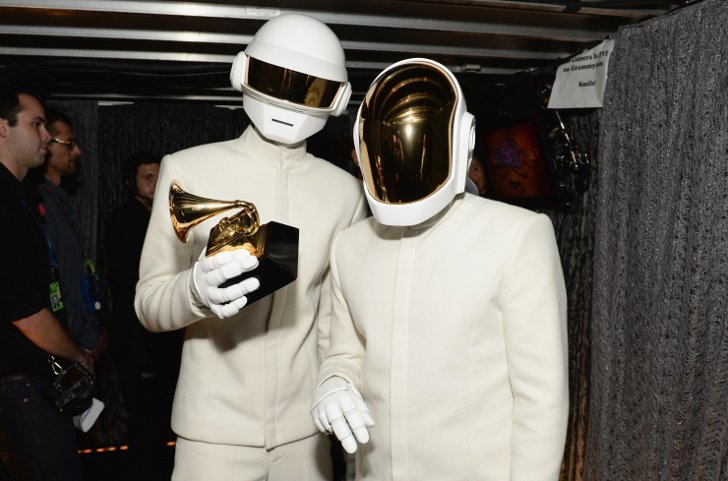The Grammy Awards have their roots in the Hollywood Walk of Fame project established in the 1950s. A requirement for recording artists specified minimum sales of 250,000 albums or one million records, so the committee soon realized that many important musicians would never earn a Walk of Fame Star despite being leaders in their business. And then members of the committee desired to create a special award to recognize outstanding achievement in the music industry.
The National Academy of Recording Arts and Sciences, now known as the Recording Academy, was created in 1957 to supervise the new award. The award was named after the gramophone, a device for the mechanical recording and reproduction of sound invented by Emile Berliner. Originally called Gramophone Award, the name was eventually shortened to Grammy. True to the name, the trophy depicts a gilded gramophone.
There are over 80 Grammy Award categories. At one time over 100 awards were given, but in 2011 the Recording Academy drastically cut the number of categories. Since then, a few minor adjustments have been made. Because of the large number of categories, only the ones with the most popular interest are presented directly at the ceremony. There are four major awards which are not restricted by genre: Album of the Year, Record of the Year, Song of the Year, and Best New Artist. Winners are selected by voting members of the Recording Academy.
The first Grammy Awards were held simultaneously in Beverly Hilton Hotel in Beverly Hills, California and in the Park Sheraton Hotel in New York City on May 4, 1959. Prior to 1971, the Grammys were held in different host cities on the same day. From 1971 to 2003, the ceremonies took place various venues in Los Angeles, New York City and (on one occasion) Nashville. In 2004, the Staples Center in Downtown Los Angeles became the permanent venue of the Grammy Awards.

Photo: grammy.com




